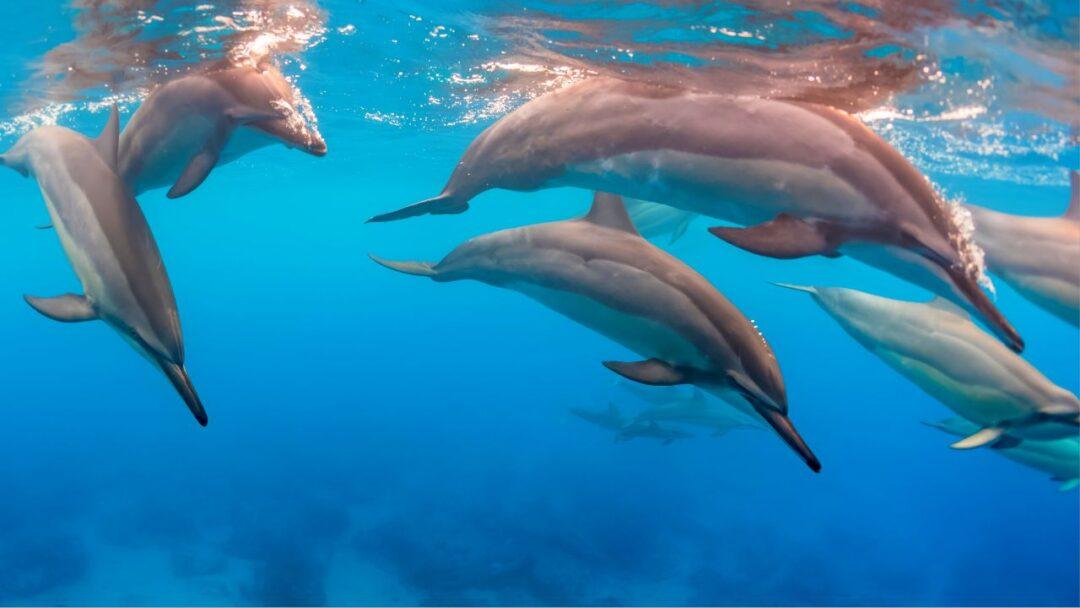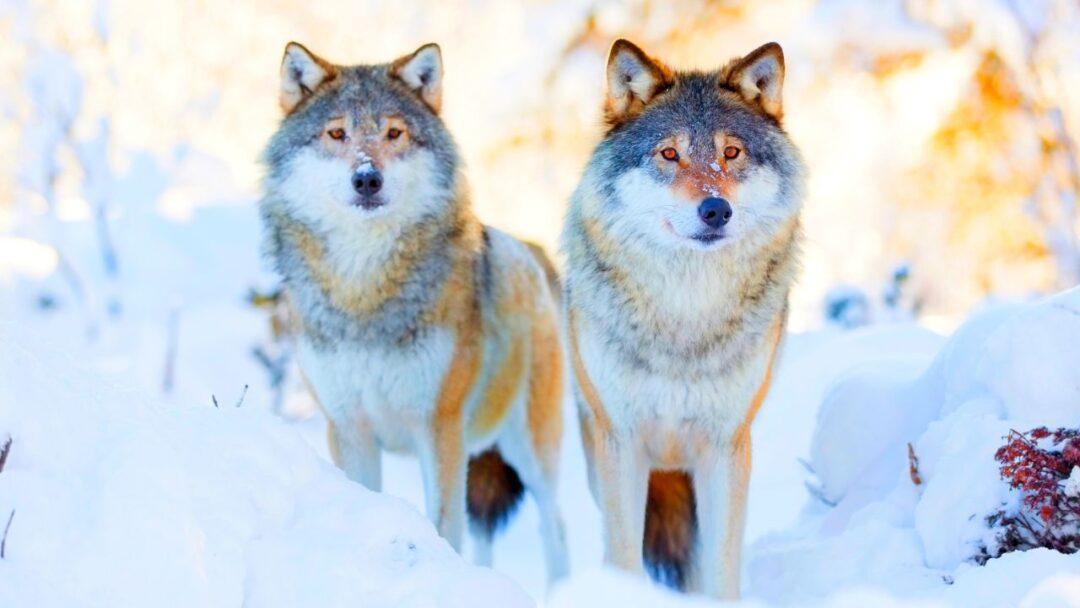Table of Contents

Introduction
The Fascinating World of Marine Mammals: Whales, Dolphins, and Seals. The intriguing world of marine animals is a patchwork of remarkable ecological relevance, complex social interactions, and amazing adaptations. These species, which traverse the vast depths of our oceans with the majestic presence of whales, the joyful antics of dolphins, and the exquisite grace of seals, attract both scientists and nature lovers. Explore the fascinating world of marine mammals with us as we learn the secrets that make them so extraordinary.
Whales: Giants of the Ocean
Unquestionably one of the most amazing animals on Earth are whales, the oceanic giants. They command respect and admiration for their enormous size and gentle demeanor. Discover the extraordinary characteristics, such as whales’ streamlined bodies, effective respiratory systems, and amazing communication abilities, that enable them to flourish in the oceanic environment. Explore the various whale species, including the magnificent humpbacks, the perceptive orcas, and the elusive blue whales—the largest creatures to have ever inhabited our world.
Dolphins: Masters of Play and Intelligence
With their natural curiosity and extraordinary intelligence, dolphins have long grabbed our attention. Learn about the complicated communication systems, elaborate social structures, and unmatched agility of these highly sociable and acrobatic marine creatures. Learn about their fun side as you watch them leap, spin, and surf the waves. Explore species like the curious bottlenose dolphins and the amazing spinner dolphins, who are renowned for their mesmerizing aerial acrobatics.
Seals: Graceful Swimmers of the Seas
Seals are a lovely member of the marine animal family with their appealing charm and beautiful motions. Find more about their streamlined bodies, flippers, and thick blubber that keeps them warm in chilly seas as adaptations for living in the ocean. Learn about their astonishing capacity for precise navigation and deep diving, showing their extraordinary capacity for hunting. Discover the various seal species, including the cuddly harbor seals, the quick leopard seals, and the inquisitive elephant seals.
Social Behaviors and Communication
It is astonishing how socially complex and well-developed their communication networks are among marine mammals. Discover the unique bonds that form between whale families and dolphin pods via activities like synchronized swimming, group hunting, and child care. Learn about the different noises they produce, from the haunting symphonies of humpback whales to the intricate clicks and whistles of dolphins. These communication channels are necessary for moving about, obtaining food, and maintaining social harmony.
Ecological Significance and Conservation
Marine mammals play a crucial role in maintaining the balance of our oceans and act as indicators of how well marine ecosystems are performing generally. Examine their ecological significance as top predators in regulating prey populations and nutrient cycles. Learn more about the conservation efforts being employed to protect these incredible animals from threats such as habitat loss, pollution, and climate change. Discover how using sustainable fishing practices and observing whales ethically can help ensure the long-term existence of these wonderful marine mammals.
What are marine mammals?
Diverse animals that have adapted to living in the ocean make up the group of marine mammals. Among others, they comprise whales, dolphins, seals, sea lions, and manatees. Due to unique adaptations, these mammals can live and thrive in marine environments.
How many species of whales exist?
Whales are classified into about 90 species. The two main groups of these species are the toothed whales, which have teeth and use echolocation to navigate, and the baleen whales, which have baleen plates to filter food.
What is the largest marine mammal?
The blue whale is the biggest marine mammal and the biggest creature to have ever inhabited Earth. They weigh about 200 tons and can grow to lengths of up to 100 feet. Seeing these magnificent animals in the wild is truly amazing.
How intelligent are dolphins?
Dolphins are renowned for their highly developed social skills and intelligence. They demonstrate sophisticated communication techniques, creative problem-solving skills, and self-awareness. Researchers and animal enthusiasts are fascinated by them because of their intelligence and playful nature.
Do marine mammals migrate?
Yes, a lot of marine mammals migrate a long way as a part of their life cycle. For instance, some whale species travel countless miles every year in search of food or to give birth in warmer waters. Depending on factors like food availability and breeding needs, migration patterns can differ between species.
Are seals and sea lions the same?
Sea lions and seals are both members of the family of marine mammals, but they are not related. While sea lions can “walk” on land using their flippers, seals can only move on land by wriggling on their bellies and have shorter flippers. In addition, compared to seals, sea lions are typically more talkative and sociable.
Can marine mammals communicate with each other?
Yes, marine mammals use a variety of communication techniques. Complex songs that whales sing can travel great distances underwater. Dolphins communicate with one another by clicking, whistling, and using body language. These modes of communication are essential for navigating, hunting, and social interactions.
How do marine mammals stay warm in cold water?
To stay warm in chilly waters, marine mammals have developed adaptations. They have blubber covering them, which serves as insulation and buoyancy. The blood circulation systems of some species, such as the countercurrent heat exchange in their flippers and flukes, are also designed to help conserve heat.
Are marine mammals endangered?
In fact, there are difficulties with conservation for many marine mammal species. Threats to their survival include habitat loss, pollution, climate change, and entanglement in fishing gear. To ensure their long-term survival, conservation efforts, such as habitat protection and restrictions on fishing and hunting, are essential.
Can you swim with dolphins in the wild?
Even though it’s possible to come across dolphins while swimming in the ocean, it’s best to exercise caution and respect for their natural behaviors when actively looking for and swimming with dolphins in the wild. Prioritizing these animals’ welfare while adhering to any local rules or regulations is crucial.
Conclusion
The world of marine animals is a magical place, full of amazing adaptations, intriguing social interactions, and ecological significance. With their grace, intellect, and beauty, whales, dolphins, and seals beckon us into their underwater habitats. Let us enjoy and respect these amazing creatures as we work to conserve and preserve our seas, understanding their importance in preserving the delicate balance of marine biodiversity.
2 Most Powerful and Fastest Creature in The Animal Kingdom : NEXT POST




